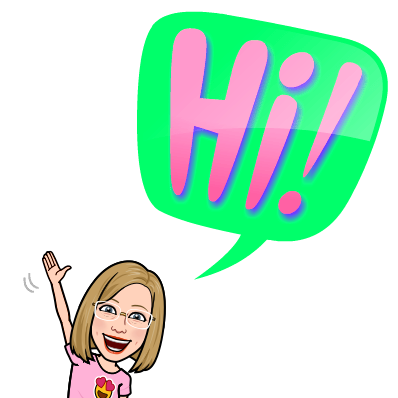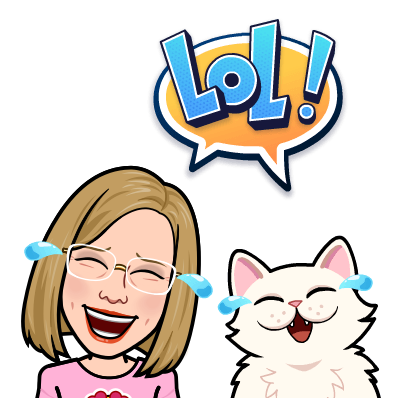Emoji and emoticons are available in serious, sensual, intelligent, ignorant, funny and factual themes. They are widely used in electronic messages and on web pages.
You can also create an expressive cartoon avatar, and then choose from a growing library of moods and stickers – featuring YOU!
Bitmoji is an app that allows you to design your own personal emoji.
I have so enjoyed having an expressive ‘Debra’ look-alike that can easily and quickly be shared electronically.
It is amazing how effective these cartoon-like images can be at helping someone’s state shift.
One of the best known aspects of NLP is the recognition that subjective experience—what goes on inside your brain—is comprised of visual, auditory, and kinesthetic (touch, smell, and taste) representations of your experience.
If you have ever walked on a beach, had a slice of warm-from-the-oven bread, or gone to the dentist, you can probably still picture yourself doing those things.
You may also be able to recall some of the things you heard. On a cellular level you know what it felt like. And if you ever rode your bike by a pig farm or a chocolate factory, you probably have strong memories for smells as well!
Your internal representations of what you are now experiencing is influencing your mood, your thought, your behavior, and your ability to enjoy your life.
You are making pictures inside your head whether you know it or not. And each picture is worth a thousand words.
The little image can amplify, diminish, slide anchors or serve as a pattern-interrupt.
Most of the programming of our emotions is below the level of conscious awareness. We may not know, for example, that the size, brightness, and closeness of an image influences how we feel about the content of the image.
When someone is feeling afraid, for example, and another image replaces the one they had been looking at, everything can improve.
Here is a ‘Debra’ that is very frequently shared:
Because the NLP anchoring techniques recognized really do work, NLP has sometimes been called “manipulative.” People sometimes say that as though it’s a bad thing. But because all human interaction involves influence in one way or another. We are “manipulating” each other constantly. The main questions are whether we are doing so well or badly and for what purpose.
I was inspired to create my ‘Debra’ Bitmoji when I received a ‘Tegan’ Bitmoji in a text message from a friend. I have coached several friends to generate their own. I love sending and receiving these images.
If you have not done so yet, consider how much more fun you can have helping others to feel better too. Life might just have you laughing so hard tears will run down your cheeks….




